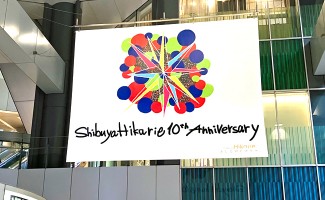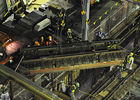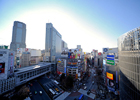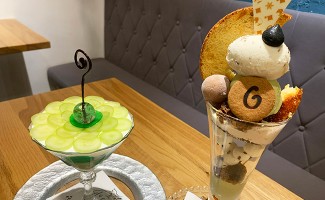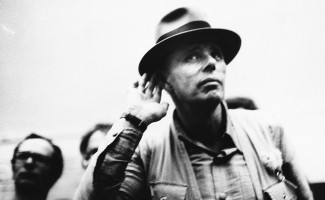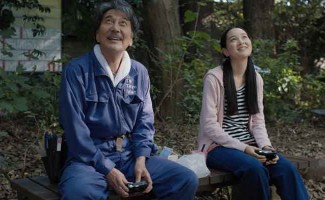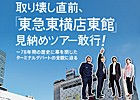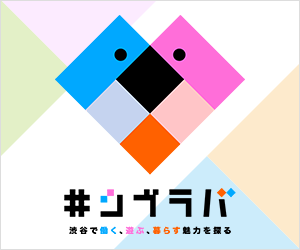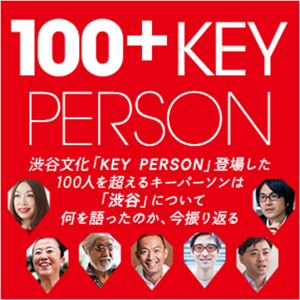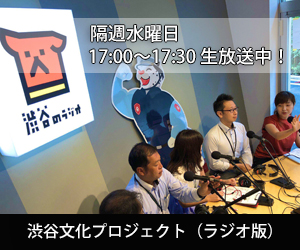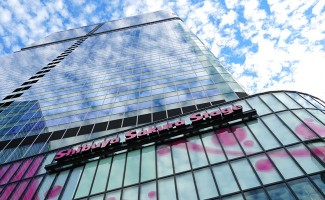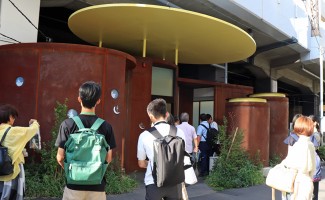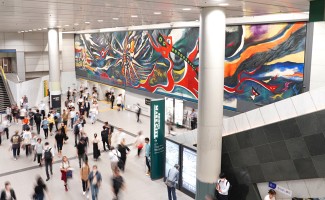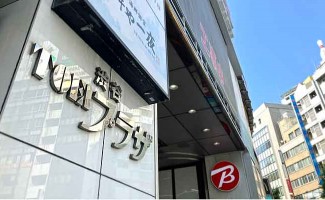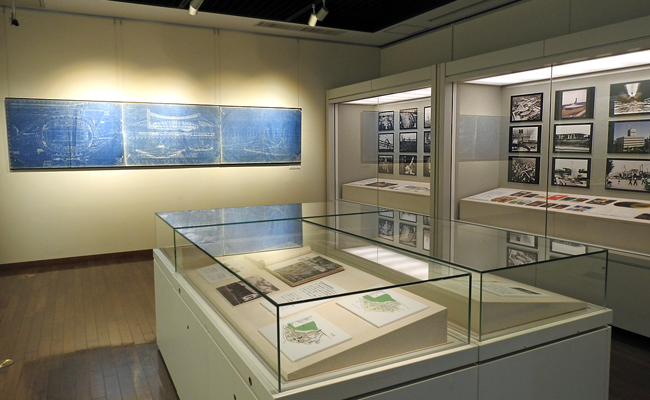
"Tokyo Olympics in Shibuya and Kenzo Tange" Exhibition at the Folk Museum
About half a year until the 2020 Tokyo Olympics. At the Tokyo Olympics held in 1964, the Olympic Village, the National Yoyogi Stadium, and Shibuya Public Hall were built, and Shibuya was the central stage. So what about this tournament?
The National Yoyogi Stadium (1st Gymnasium / 2nd Gymnasium), which was used as a swimming and basketball venue in the previous tournament, has undergone renovation work. Handball (Olympic), badminton (Paralympic), and wheelchairs have been completed in the 2020 tournament. It has been decided to be used as a venue for rugby (the Paralympic Games). Along with the "New National Stadium" designed by architect Kengo Kuma, many people will surely visit Shibuya's Olympic legacy "National Yoyogi Stadium" during the exhibition.
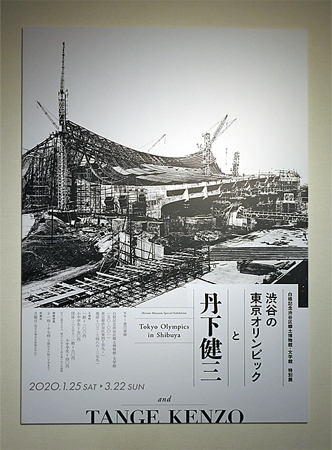 Now, as the summer tournament is approaching, the Shirane Memorial Shibuya Ward Local Museum and Literature Museum is currently holding a special exhibition "The Tokyo Olympics in Shibuya and Kenzo Tange". In addition to sketches, letters, and drawings by designer Kenzo Tange, there are more than 100 materials related to the National Yoyogi Stadium, including architectural process photos and videos.
Now, as the summer tournament is approaching, the Shirane Memorial Shibuya Ward Local Museum and Literature Museum is currently holding a special exhibition "The Tokyo Olympics in Shibuya and Kenzo Tange". In addition to sketches, letters, and drawings by designer Kenzo Tange, there are more than 100 materials related to the National Yoyogi Stadium, including architectural process photos and videos.
The venue will exhibit a chronological display of "study model at the time of basic design", "structural study at the time of basic design", "practical design", "construction of the National Yoyogi Stadium", "the changing Shibuya" and "the end of the Yoyogi Stadium".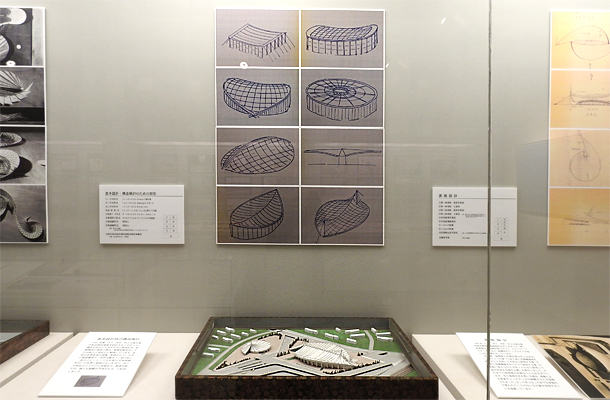 ▲ Top) Type for structural examination Bottom) Basic design model
▲ Top) Type for structural examination Bottom) Basic design model
In 1961, members of the Tange laboratory brushed up each study model and worked on the design of the “Tomoe” and “Swirl” type designs, and the two pillars were wrapped with wire rope. Structural study for realizing the idea of “suspended roof”, full-scale copy of design drawings (1st floor plan, cross section, large roof dimensions), Shimizu Corporation (1st Gymnasium), which required high technology, Obayashi Corporation ( Photographs of the construction of the second gymnasium) are posted.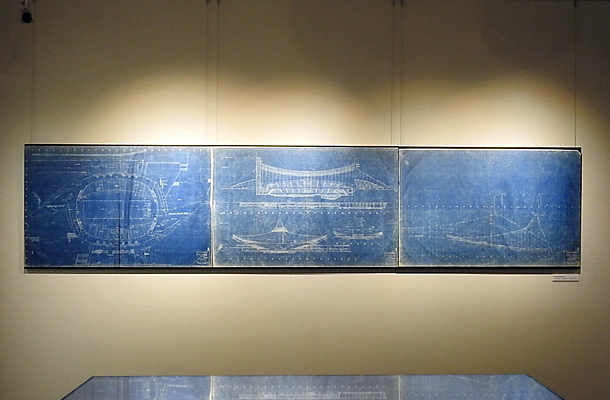 ▲ National indoor stadium plan (left: 1F plan view center: sectional view right: large roof dimensions)
▲ National indoor stadium plan (left: 1F plan view center: sectional view right: large roof dimensions)
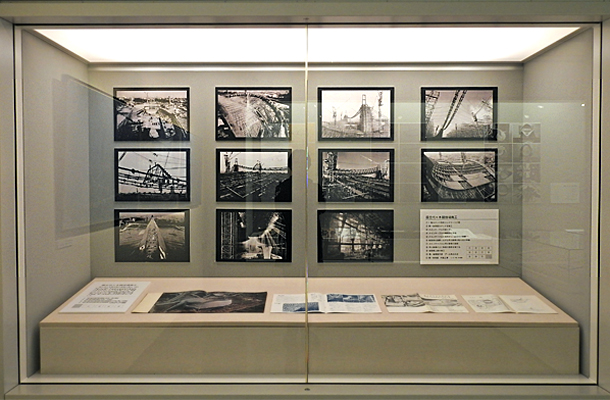 ▲ Construction photo of Yoyogi Stadium
▲ Construction photo of Yoyogi Stadium
`` Building with a 50 m pool, a dive board, and a suspended roof structure capable of accommodating 15,000 people, '' how Kenzo Tange and other construction personnel were passionate about building an unprecedented stadium, It is an exhibition that shows the work at that time.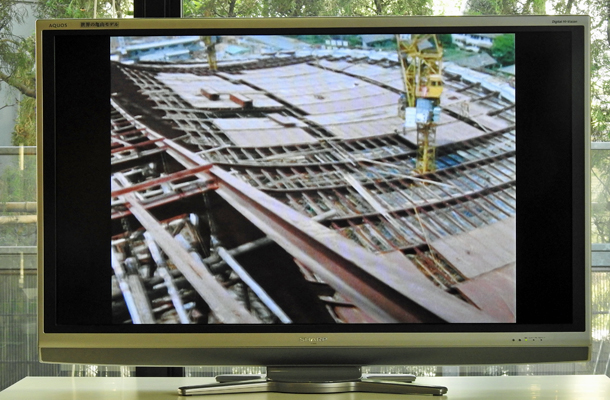 ▲ Recorded video `` Indoor Founding Stadium Main Building ''
▲ Recorded video `` Indoor Founding Stadium Main Building ''
Shimizu Corporation's recorded video “Indoor Competition Stadium Main Building-Building Technology Record” (25 minutes and 30 seconds) shows a color image of a challenge to the unprecedented difficult construction of a suspended roof structure through trial and error. ing. The completion was said to be a rush work day and night just one month before the tournament was held.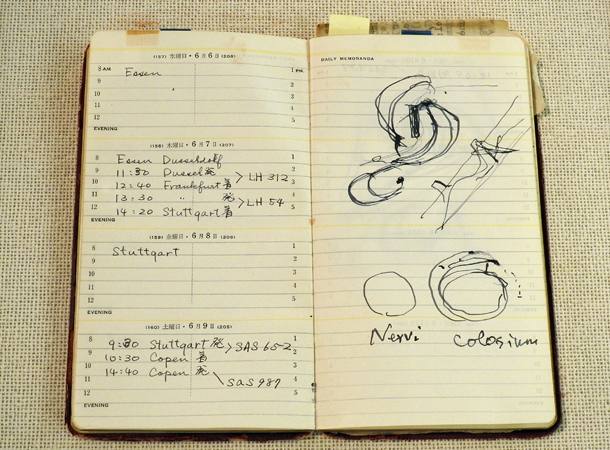 ▲ A sketch of Yoyogi Stadium that Kenzo Tange left in his notebook.
▲ A sketch of Yoyogi Stadium that Kenzo Tange left in his notebook.
For the first time, Tange's sketches of the Yoyogi stadium left in her notebook. Usually, I often work with the staff in the "oral biography", and I rarely drew sketches. The sketches of the Yoyogi Stadium are very few, and it is one of the valuable materials.
Utilization of facilities after the Olympics is also a major issue at the Tokyo Olympics and Paralympics, but this exhibition also introduces facilities after the Olympics from the perspective of “the end of the Yoyogi Stadium”. Yoyogi Daiichi Gymnasium, which was a competition venue, was opened to the public as a pool and ice skating rink after the Olympics in order to spread sports widely to the general public, but profitability has been difficult. In 1977, more than 10 years after the Olympics, the renovation was not done at all and the deterioration of the facility began to be noticeable, but the work was boiled down, Tange created a request form himself, and it was necessary for the parliamentarians and facility personnel to repair it Complains of gender. Requests submitted by Tange are also exhibited at this exhibition.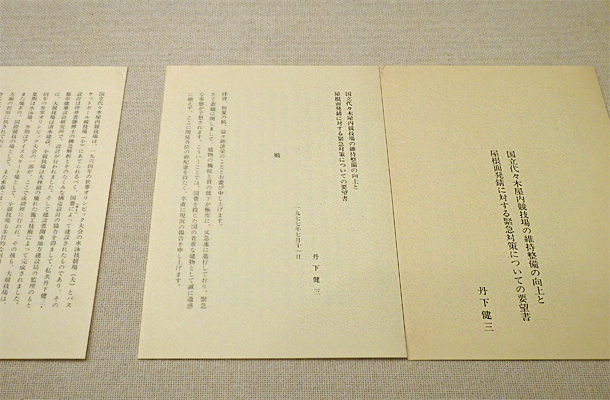 ▲丹下が政治家や関係者に提出した要望書
▲丹下が政治家や関係者に提出した要望書
Then, in the 1980s, the situation at Yoyogi Stadium changed completely. In conjunction with television, the facility has begun to be used as a venue for high school valleys in the spring, and live concerts of popular singers will be held, increasing demand for event space. The issue of maintaining maintenance facilities for the sports facilities after the Olympics is an issue, but the Yoyogi Stadium is one of the successful facilities.
Some architectural fans are beginning to say that "Yoyogi Stadium should be registered as a World Cultural Heritage Site" as an Olympic legacy. Why don't you learn about the “National Yoyogi Stadium”, which is regaining the spotlight at the Olympics, through this exhibition?
The exhibition period is until March 22.
"Yoyogi National Stadium and Kenzo Tange"
〇会期:2020年1月25日(土)〜3月22日(日)11時〜17時(入館は16時30分まで)
※月曜日(祝日の場合は直後の平日)
〇場所:白根記念渋谷区郷土博物館・文学館
〇料金:一般100円、小中学生50円
〇公式:https://www.city.shibuya.tokyo.jp/shisetsu/bunka/shirane_index.html

Editorial department · Fuji Itakashi
Shibuya registrar. In addition to Shibuya of Culture information, seasonal news and topics, it will spell write that feel every day.
